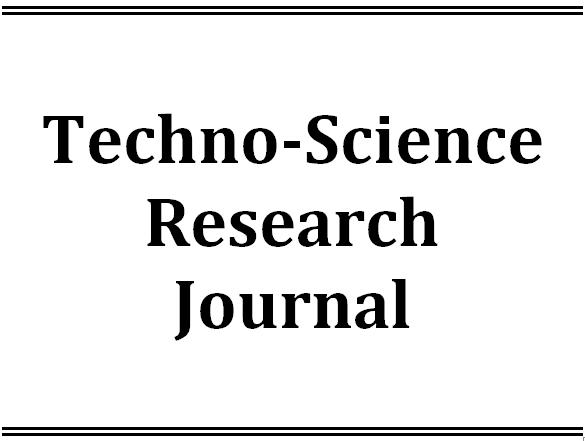Latest Issue
Empowering Education with Online Khmer Handwritten Text Recognition for Teaching and Learning Assistance
Published: August 30,2025Undergraduate Student Dropout Prediction with Class Balancing Techniques
Published: August 30,2025Status of Seawater Quality at Koh Rong Island, Sihanoukville, Cambodia
Published: August 30,2025Low-Complexity Detection of Primary Synchronization Signal for 5G New Radio Terrestrial Cellular System
Published: August 30,2025Word Spotting on Khmer Printed Documents
Published: August 30,2025Tuning Hyperparameters Learning Rate and Gamma in Gym Environment Inverted Pendulum
Published: August 30,2025Examining Passenger Loyalty in Phnom Penh Public Bus System: A Structural Equation Modelling Approach
Published: August 30,2025Prediction on Load model for future load profile of Electric Vehicle charging demand in Phnom Penh
Published: August 30,2025Economic Study on Integrating PV-DG with Grid-Tie: Case Study in Cambodia
Published: August 30,2025Reducing traffic congestion during flyover construction: A case study of flyover construction at the intersection 2004, Phnom Penh, Cambodia
-
1. Department of Transport and Infrastructure Engineering, Institute of Technology of Cambodia, Russian Federation Blvd., P.O. Box 86, Phnom Penh, Cambodia
Received: April 10,2024 / Revised: June 26,2024 / / Accepted: August 20,2024 / Available online: April 30,2025
The issue of traffic congestion in Phnom Penh, exacerbated by rapid population growth and construction of flyovers, underscores the need for effective traffic management strategies. In particular, efforts to mitigating congestion during flyover construction, is equally critical for ensuring smoother traffic flow and minimizing disruptions for commuters. This study proposed and evaluated several alternative solutions to minimize traffic congestion during the flyover construction period at busy intersection (i.e., Intersection 2004) in Phnom Penh. Traffic and related data were collected in October 2023 and a micro traffic simulation software was used to analyze traffic data and to evaluate alternative solutions. Results showed substantial reduction in the traffic congestion during flyover construction at Intersection 2004, lowering overall queue length by 30% to 40% and also improving vehicle travel time, compared with the common practices of flyover construction. The findings provide insights into urban traffic management planning, thus help optimizing traffic congestion, enhancing road safety, and improving overall commuter experience during construction process of major intersections in city.

